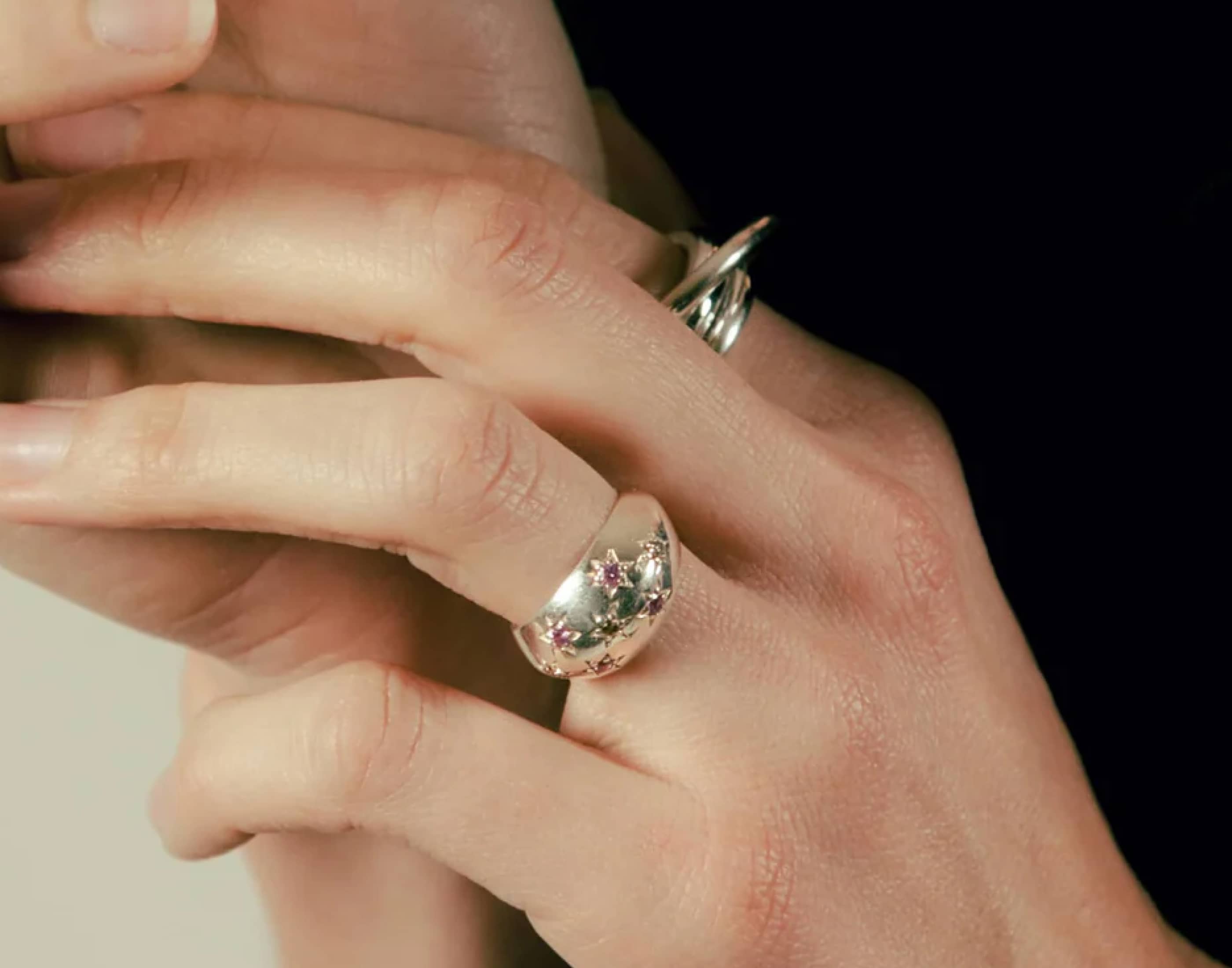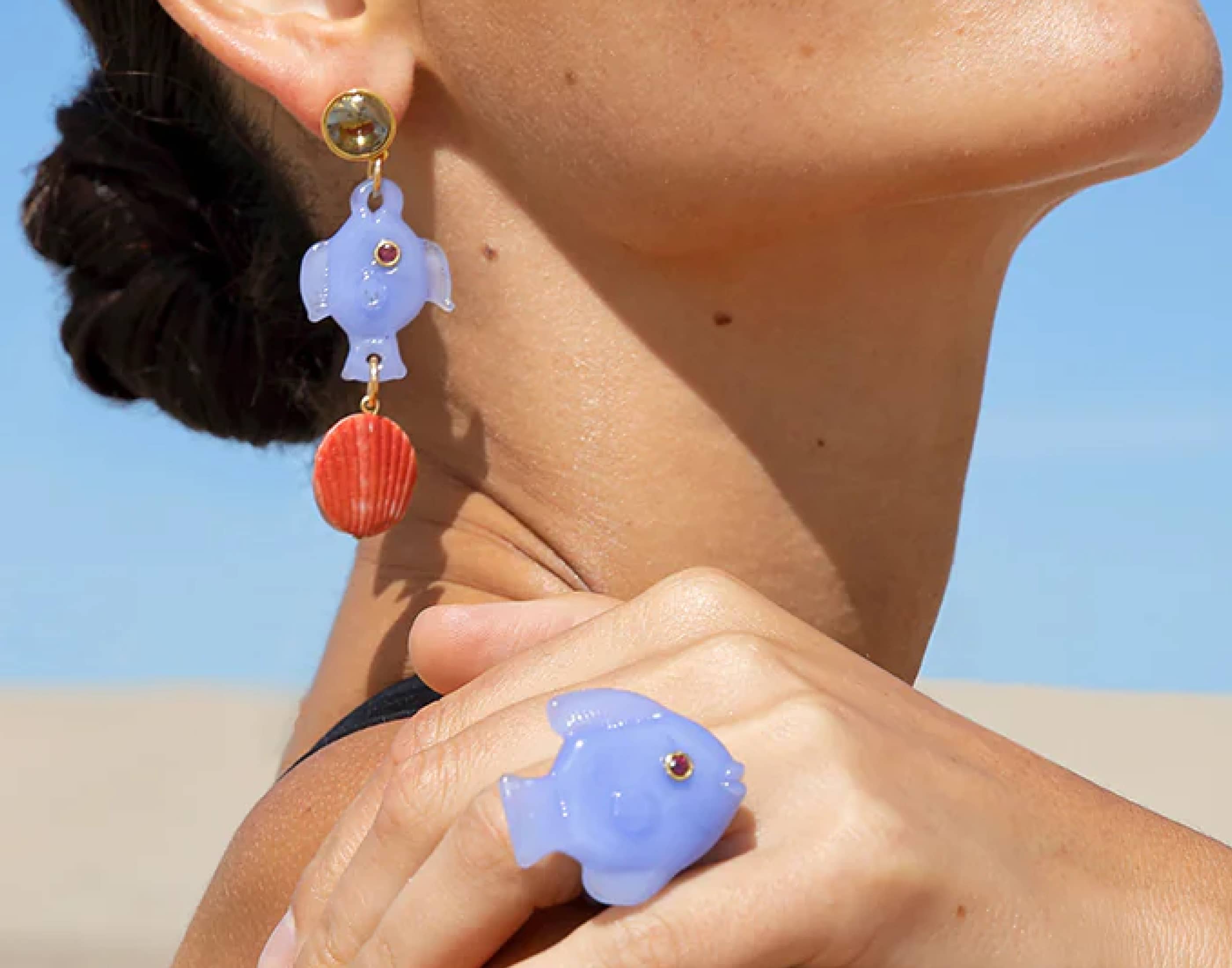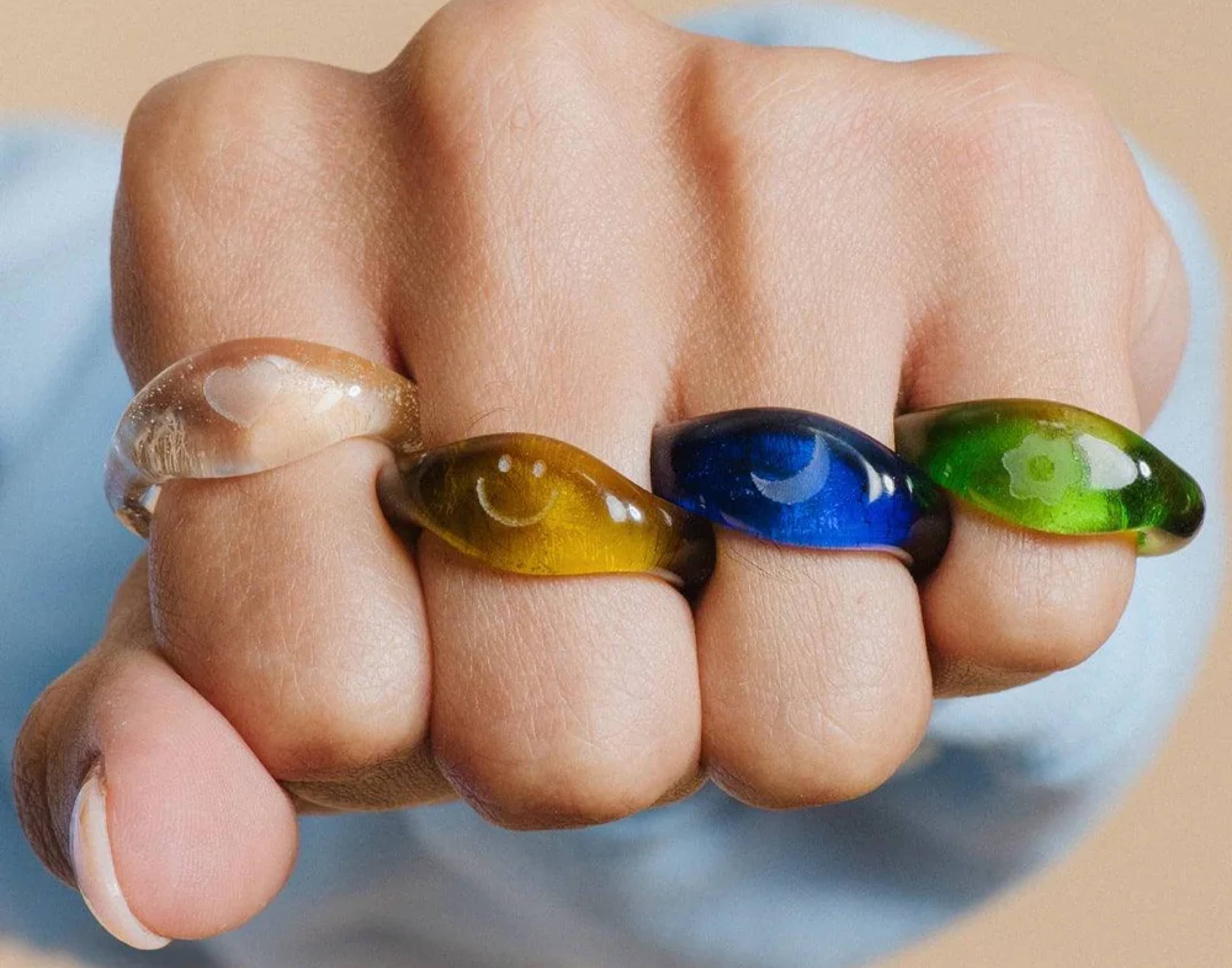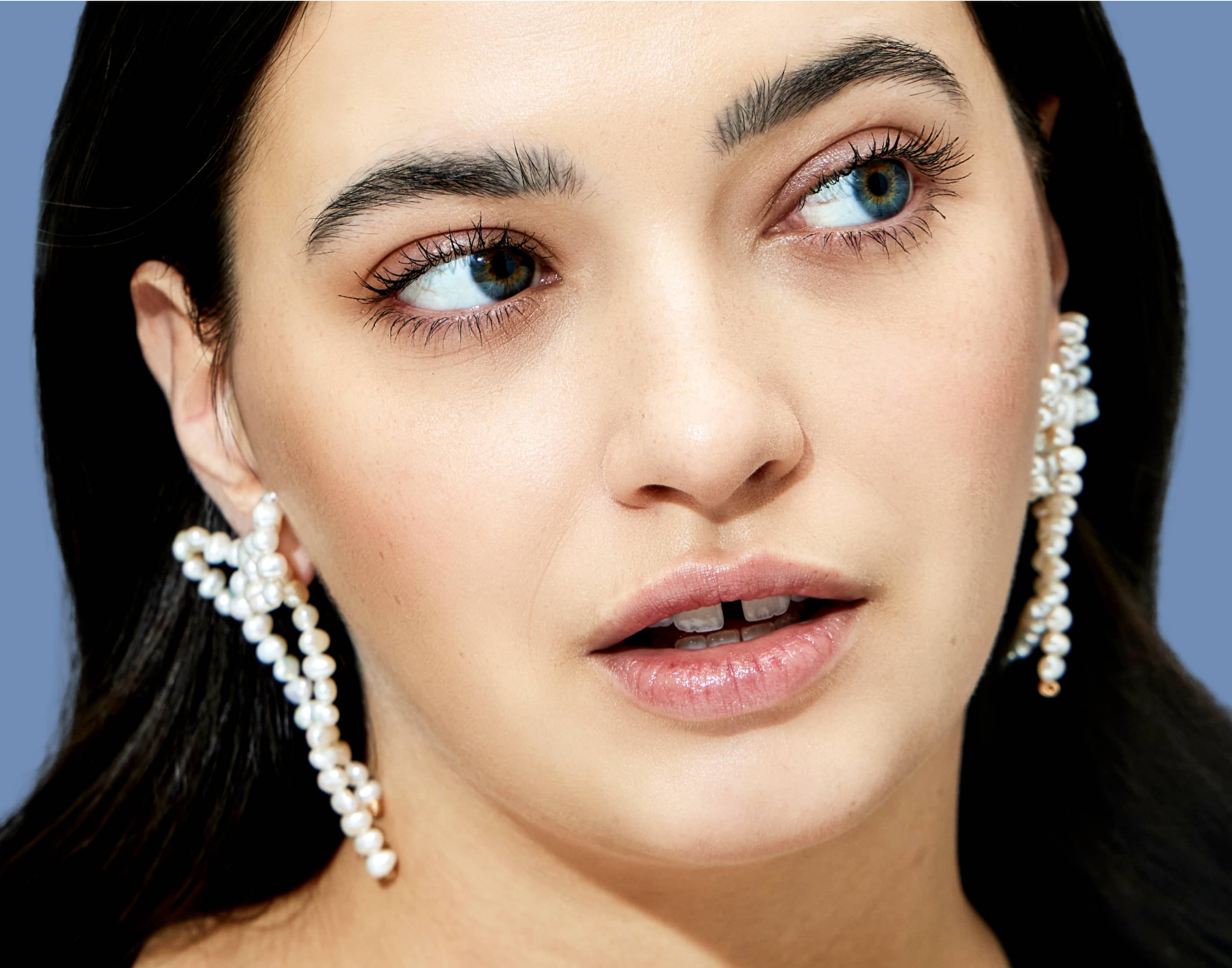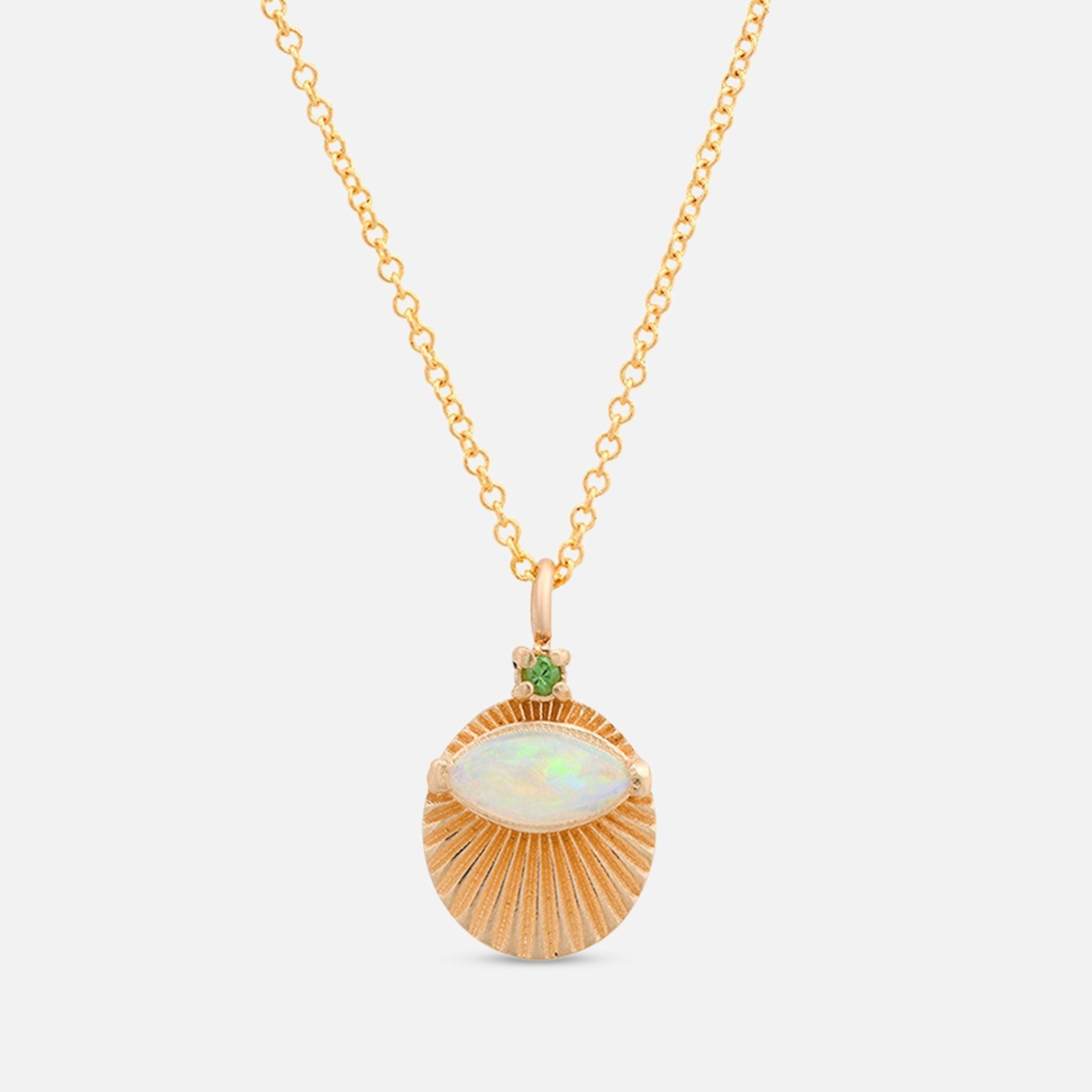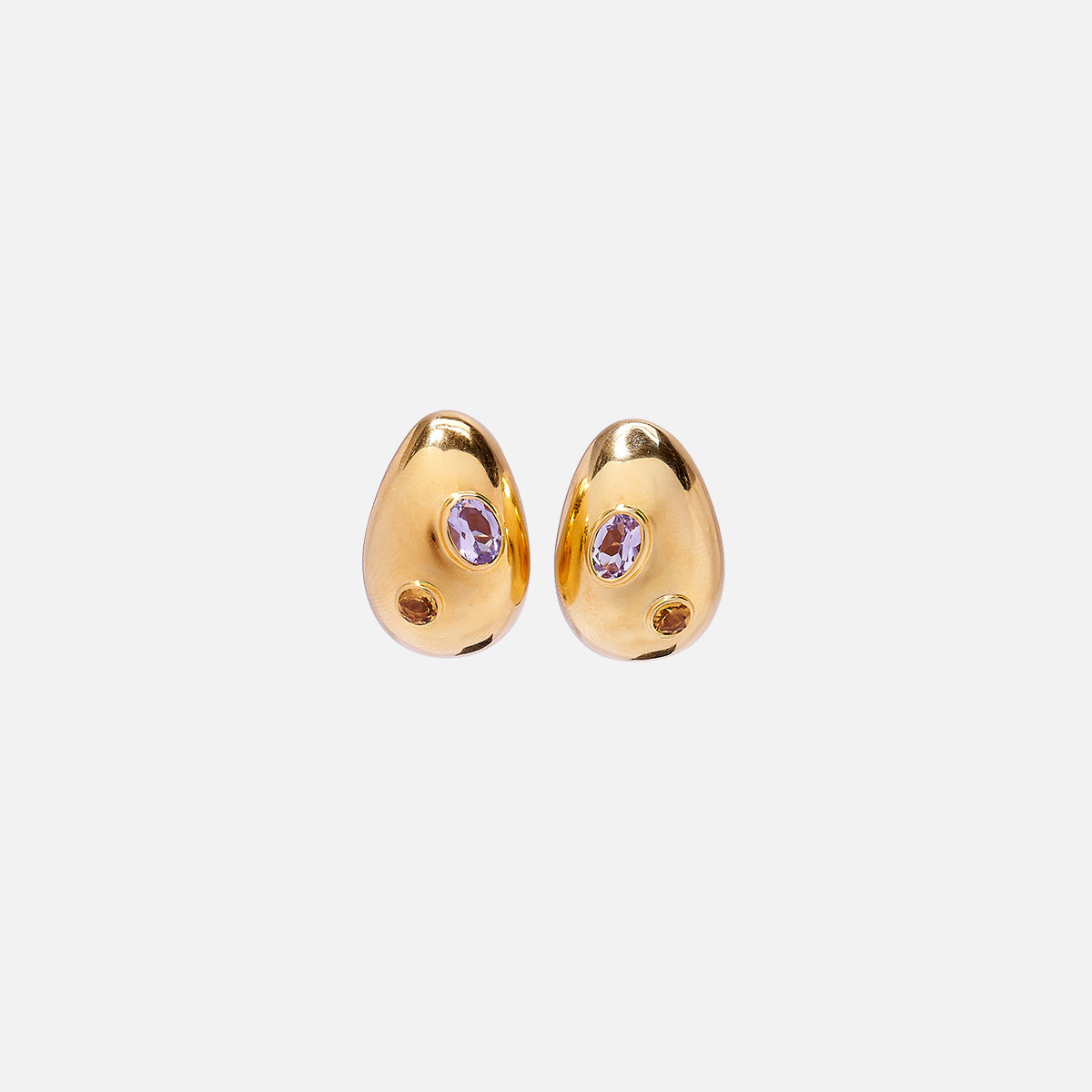Introduction to Heirloom Rings: A Timeless Treasure
Heirloom rings aren't just jewelry; they're whispers from the past, holding stories, traditions, and love. These rings, passed down through generations, carry more than just financial value. They symbolize continuity, linking the present to the past and the future. Often, heirloom rings have seen countless family events and milestones, becoming a physical representation of a family's history. Whether it's a simple band or an intricate piece adorned with precious stones, each heirloom ring showcases unique craftsmanship reflective of its era's fashion and style. Starting a journey with an heirloom ring isn't just about wearing it; it's about becoming part of its story and preparing to add your chapter to its narrative.

The Historical Significance of Heirloom Rings
Heirloom rings are more than just pretty jewelry. They are time capsules, carrying stories and traditions from one generation to the next. Go back a few hundred years, and you'd find that these rings were not just accessories. They were symbols of family heritage, love, and even power. Kings and queens passed down rings as a way to keep their legacy alive. In families, an heirloom ring might mark a special event or serve as a reminder of a beloved ancestor. This tradition of passing down rings has kept histories alive, making them an essential part of both personal and cultural identities. So, when you slip an heirloom ring onto your finger, you're not just wearing a piece of fashion. You're carrying a piece of history.
Identifying Characteristics of Heirloom Rings
Heirloom rings are not just any piece of jewelry; they are treasures packed with history and stories from the past. Spotting one isn't too hard if you know what to look for. First off, craftsmanship shouts the loudest. These rings often showcase intricate designs that you don't see in modern pieces, think fine metalwork, and unique, sometimes even hand-carved details. Another tell-tale sign is the use of specific gemstones. While diamonds are a girl's best friend today, older rings might feature pearls, opals, or even colored stones like sapphires and rubies, set in ways that highlight their natural beauty. Lastly, don't overlook the metal. Silver was hugely popular in antique jewelry, but you'll also find a lot of rose gold and yellow gold, which tend to have a deeper, richer hue than the bright golds and whites seen in contemporary items. Keep these characteristics in mind, and you're well on your way to uncovering the secrets of an heirloom ring.
The Evolution of Ring Fashion Over Centuries
Ring fashion has rolled through many eras, each leaving a distinctive mark on its design and popularity. Going way back, the ancient Egyptians sparked the trend of wearing rings as symbols of eternity. Their rings, made of materials like leather, bones, and later precious metals, set the stage for centuries of ring evolution. Fast forward to the Middle Ages, and we see rings taking on more intricate designs with the incorporation of gemstones, signifying wealth and power.
The Victorian era brought romance to ring designs. Rings from this period often featured intricate patterns and heart motifs, reflecting the era's fascination with love and sentimentality. It was also during this era that the tradition of engagement rings started to look like what we recognize today.
Then came the Art Deco period of the 1920s and 30s, known for its bold, geometric shapes and bright color contrasts. This period influenced ring fashion significantly, introducing a striking departure from the soft, romantic designs of the Victorian era.
Today, we see a melting pot of all these historic influences in heirloom rings. Each piece tells a story, from the simple eternity bands of ancient Egypt to the lavish, diamond-studded creations of more recent years. Modern ring fashion celebrates this diversity, blending old and new to create timeless pieces that dance through the centuries of style.
How Heirloom Rings Are Passed Down Through Generations
When it comes to heirloom rings, think of them as family treasures, holding more stories than just beauty. These rings often start their journey with one person, often a grandparent or great-grandparent. The passage through generations typically follows significant life events or milestones like weddings, graduations, or landmark birthdays. Each time an heirloom ring is handed down, it marks a moment of celebration, bonding, or remembrance, deeply rooting the family's history into its essence. The process is simple but meaningful. Usually, the current holder decides to whom and when the ring will be passed. This could be a decision made early on or sometimes, it's declared in a will. But it's not always just from parent to child. Sometimes, these rings leap across branches of the family tree, landing in the hands of nieces, nephews, or even in-laws, giving each piece a unique path through the family line. What matters most is the story each ring carries and continues to build with every hand it graces.
The Role of Heirloom Rings in Modern Fashion
Heirloom rings are not just pieces of jewelry; they are stories, history, and fashion packed into one. You might think, "How does an old ring fit in today's fashion?" The answer is simple: heirloom rings bring uniqueness and a personal touch that stand out in the sea of mass-produced jewelry. These rings have sailed through generations, each adding its chapter to the tale. In modern fashion, they serve as a bridge connecting the past with the present, showing that true style is timeless. They are a favorite for those who cherish individuality and sustainability in their fashion choices. Wearing an heirloom ring is like making a statement without saying a word, proving that sometimes, the old ways can indeed be new again.
Caring for Heirloom Rings: Maintenance and Preservation
Heirloom rings are not just jewelry; they're pieces of history, handed down through generations. But like all valuable things, they need care to keep them shining through the years. First off, clean them gently. Use a soft toothbrush and mild soap, avoiding harsh chemicals. They can wreck the delicate metal or stones. Remember, water is not a friend to all stones, so do your homework on what your heirloom can handle.
Storage matters too. Keep your rings in a cool, dry place. A fabric-lined jewelry box works wonders by keeping them separate to avoid scratches. And when you're doing hard tasks, take them off. No gardening or heavy lifting with these beauties on.
Finally, a professional check-up is essential. Once a year, let a jeweler inspect the ring. They can spot any issues before they become big problems, ensuring your heirloom lasts to be passed down again.
Heirloom Rings in Weddings and Family Traditions
Heirloom rings aren't just jewelry. They're stories, memories, and a connection to the past. In weddings and family traditions, these rings stand out as symbols of continuity and love that transcends generations. Imagine your grandmother's ring on your finger on your wedding day—how powerful is that? It's not just metal and stone; it's her experiences, hopes, and legacy living on through you. Families often pass down these rings to keep the bond alive, to remember, and to honor those who came before. Whether it's a simple band or a ring sparkling with stones, its value is beyond measure. It's about keeping the family thread woven through time, making heirloom rings a cherished tradition in weddings. Each time it's passed on, the story enriches, adding layers of love and history. It's more than an accessory; it's a piece of family, held close and shared in the most meaningful moments.
Customizing and Repurposing Old Heirloom Rings
So, you've got an old heirloom ring and you're thinking about bringing it back to life, huh? Smart move. Old doesn't mean out-of-style, especially with something as timeless as jewelry. Here's the deal: customizing and repurposing those rings can give them a new lease on life. Think of it as a makeover for your jewelry box.
First off, find a talented jeweler. Someone who gets what you're after and respects the original vibe of the piece. You're not just paying for their hands; you're paying for their eye for design and their understanding of history. They can suggest whether to update the setting, add some stones, or maybe change the band to suit your taste.
Here's a hot tip: consider the current condition of the ring. Some older rings were made with metals that might not jive well with your skin or with newer materials. Your jeweler can guide you on whether to keep the original metals or upgrade.
Now, let’s talk design. This is where you can get creative. Maybe you're into minimalist designs but the ring is all bells and whistles. Ask about simplifying it. Or maybe you want to incorporate stones from other pieces of unworn jewelry to add more meaning or sparkle.
Cost-wise, it varies. It can be more budget-friendly than buying a new, high-quality ring since you're providing the main materials. But, don't forget to factor in the craftsmanship. A good customization job requires skill, which comes with a price.
And hey, repurposing an heirloom ring isn't just about fashion. It's about carrying forward a piece of your personal or family history. You're creating a bridge between the past and the present, which is pretty cool if you ask me.
Conclusion: The Everlasting Charm of Heirloom Rings
Heirloom rings are not just jewelry. They're a journey through time, stories captured in metal and stone, passed down through generations. Their charm is everlasting, a blend of history, fashion, and personal stories that make them more than an accessory. Whether it's a simple band or a piece studded with jewels, each ring carries a legacy that is both personal and universal. They prove that sometimes, the most fashionable items are those with a story to tell, ones that have been loved and lived in, far beyond our own timelines. In the end, inheriting or passing down a ring isn't just about keeping a piece of jewelry; it's about keeping a piece of history alive, a testament to the enduring nature of love and family ties through the ages.

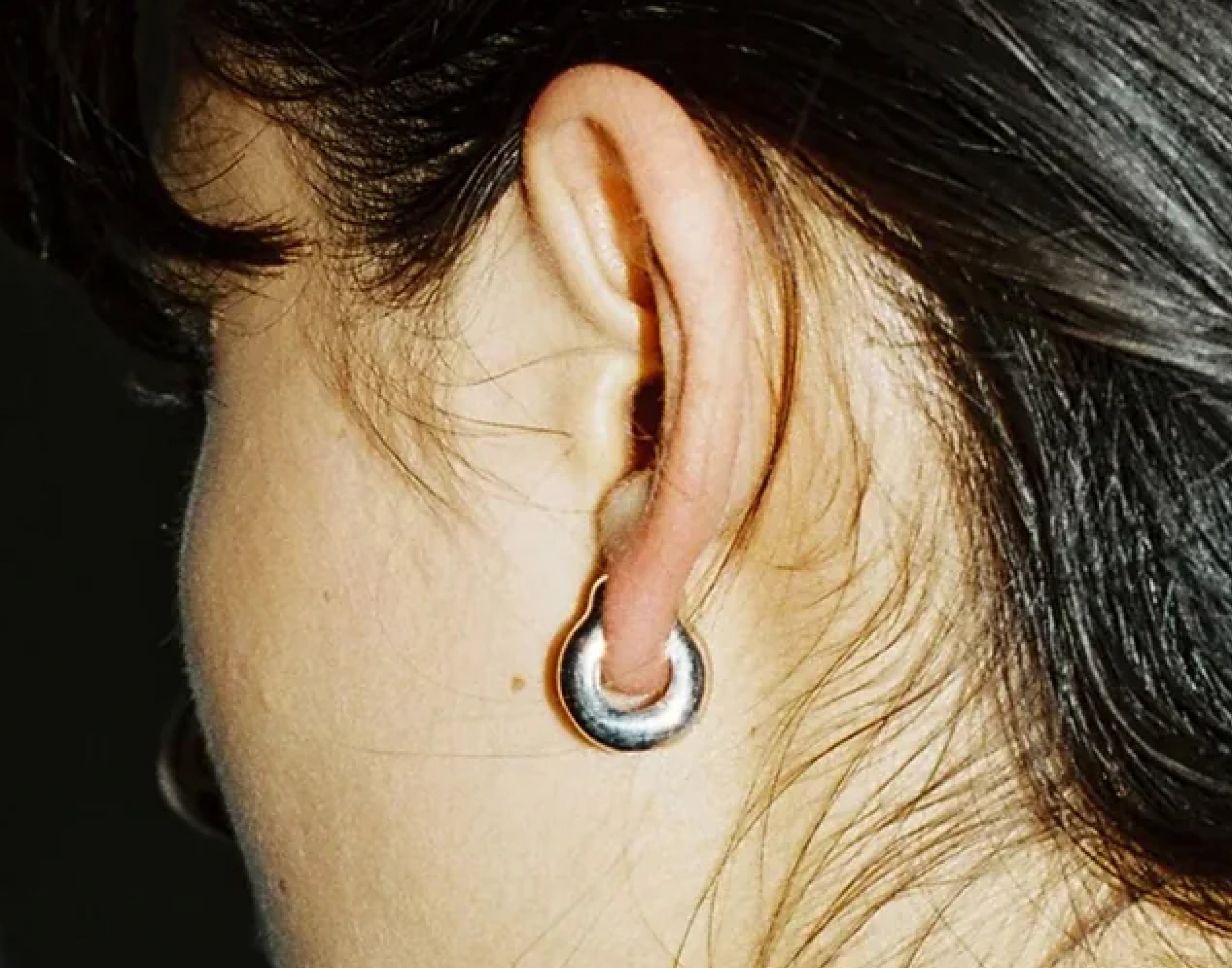 Ready to Ship
Ready to Ship
 Necklaces
Necklaces
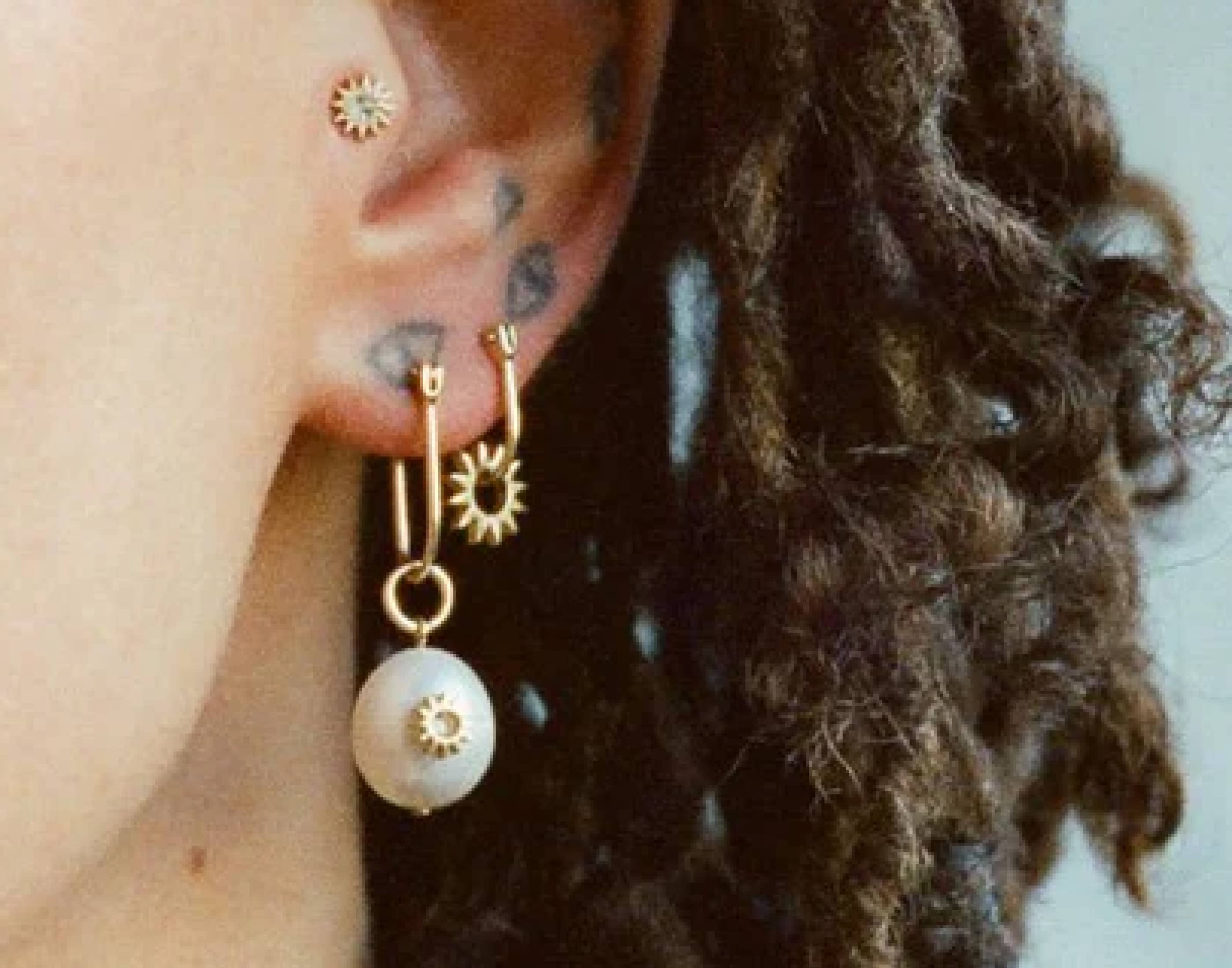 Earrings
Earrings
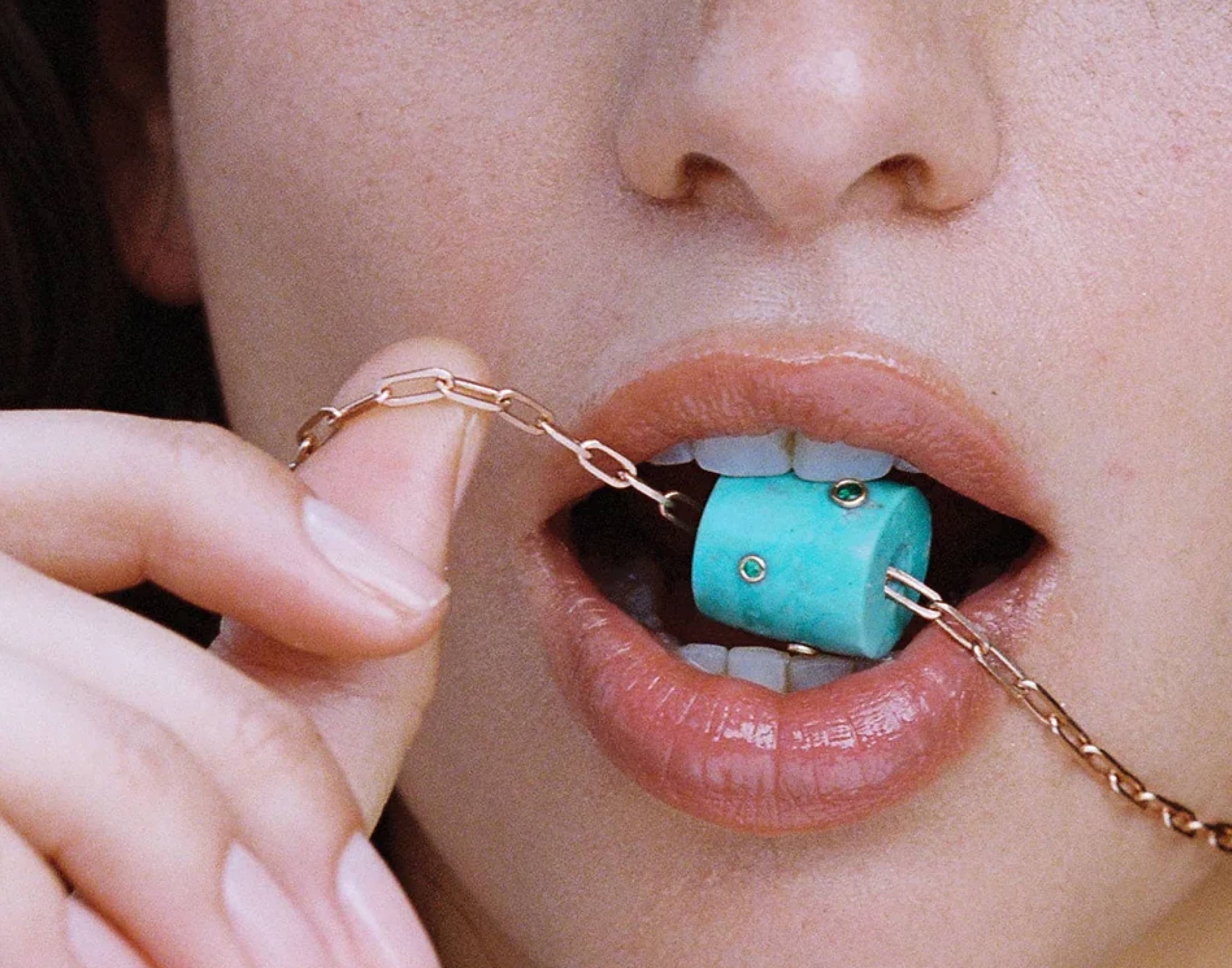 Charms & Pendants
Charms & Pendants
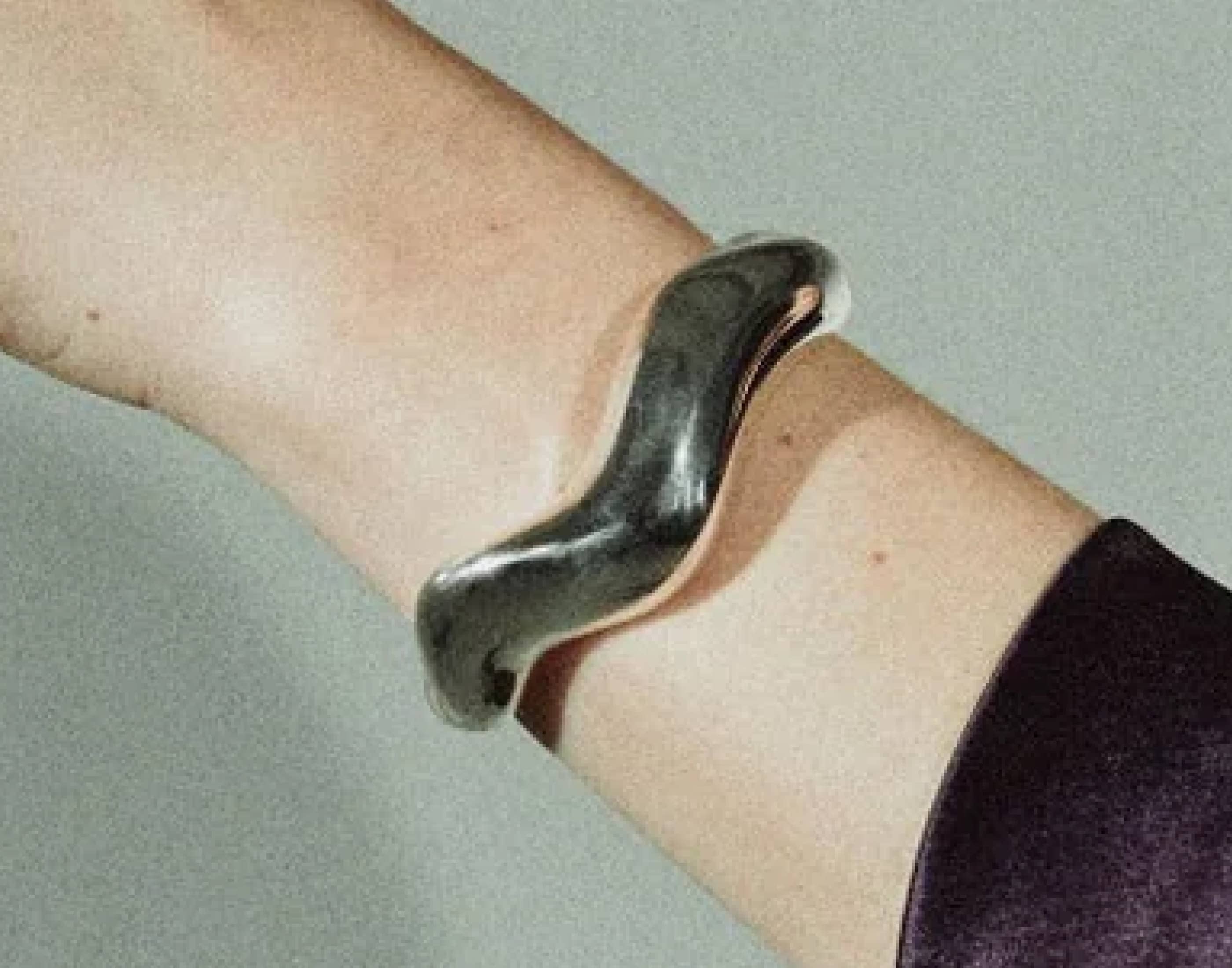 Bracelets
Bracelets
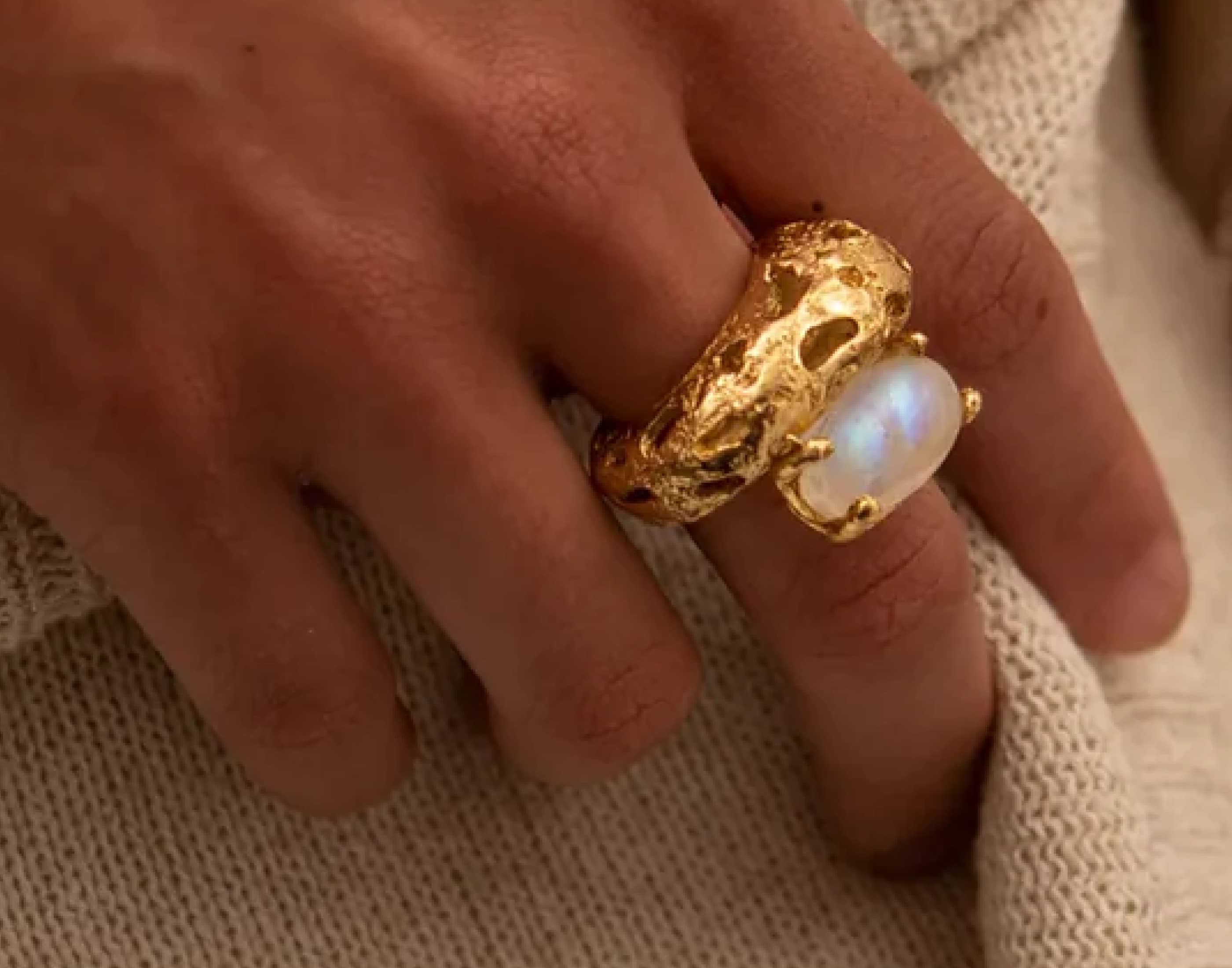 Rings
Rings
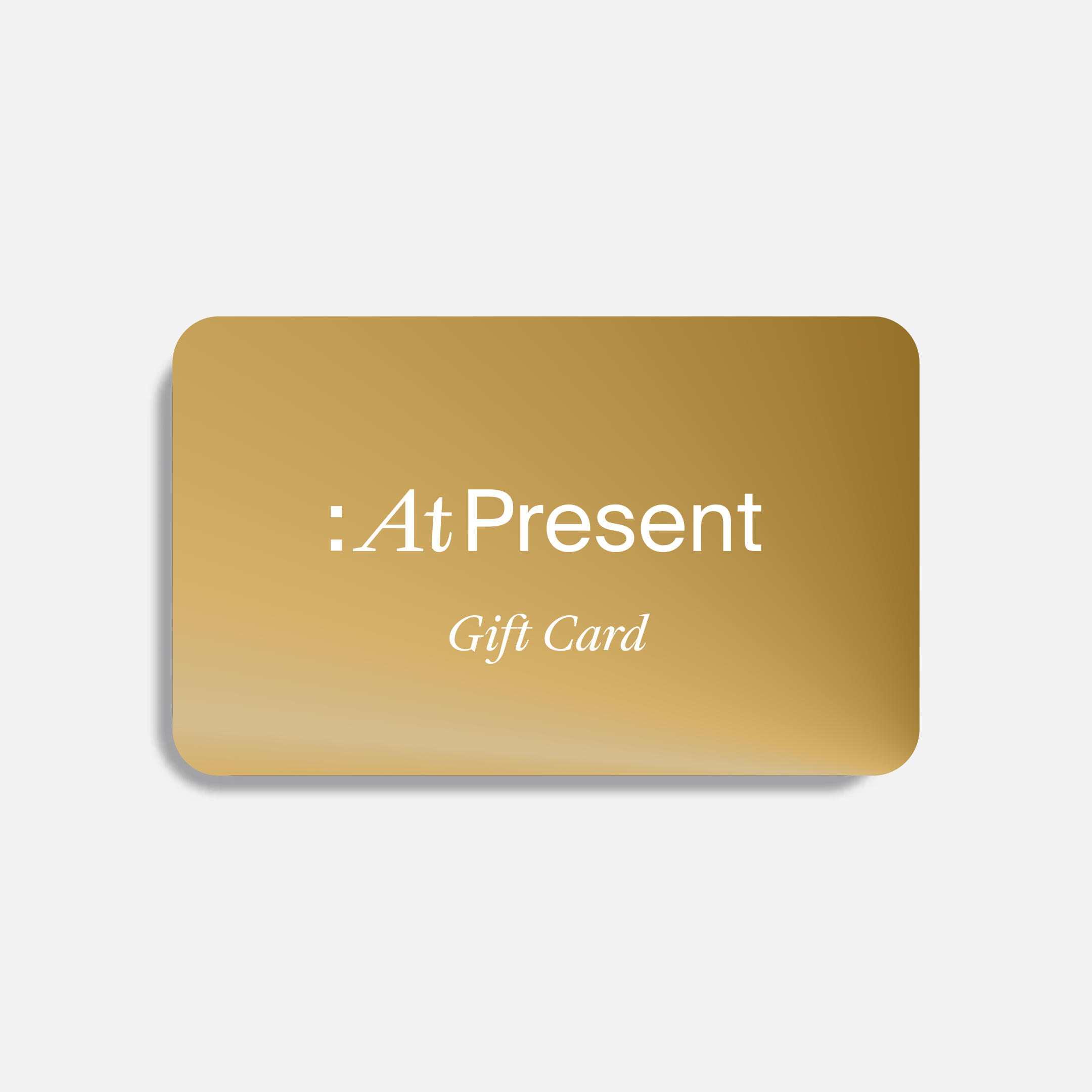 Gift Card
Gift Card
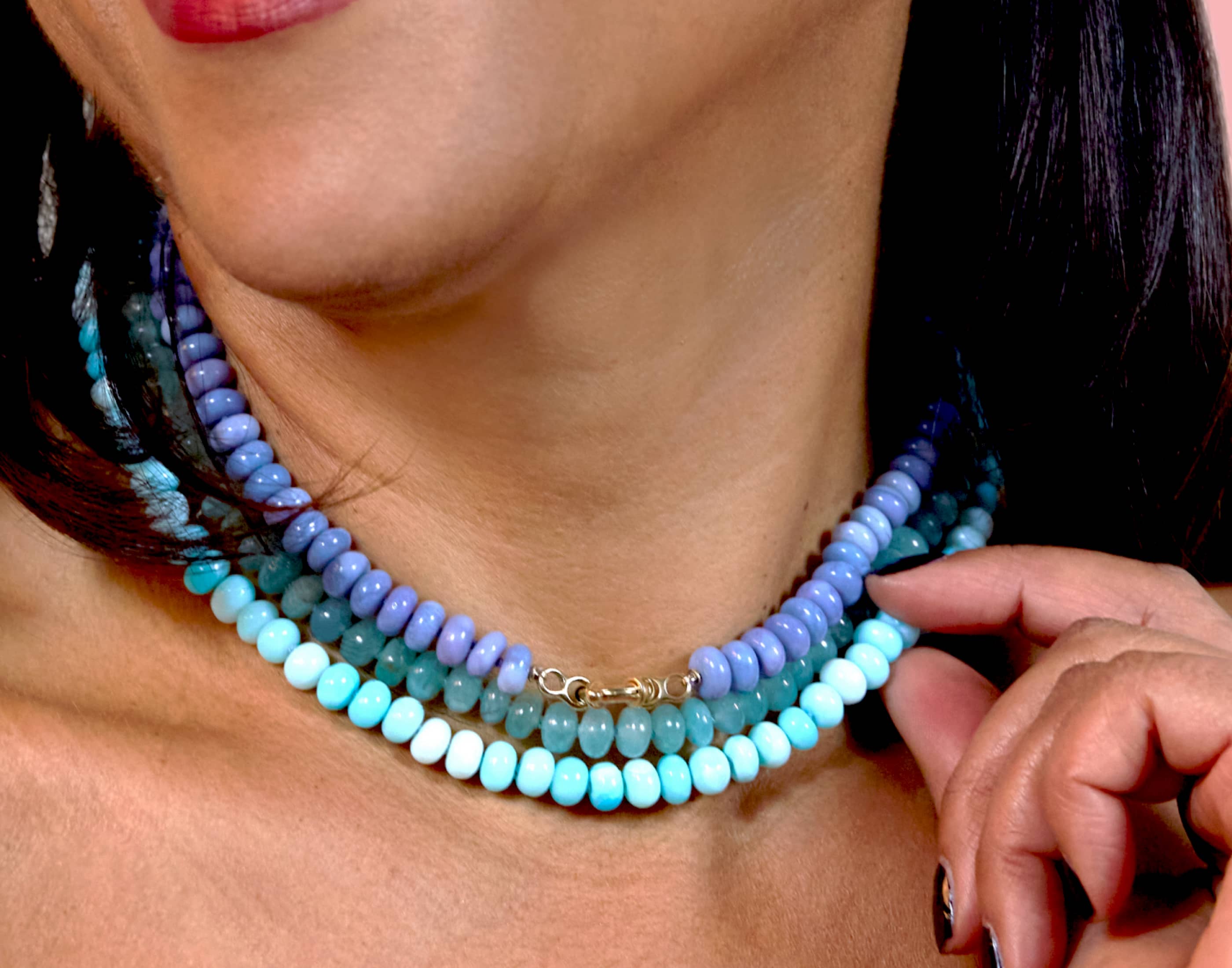 Pre-Order
Pre-Order
 Exclusive to AP
Exclusive to AP



